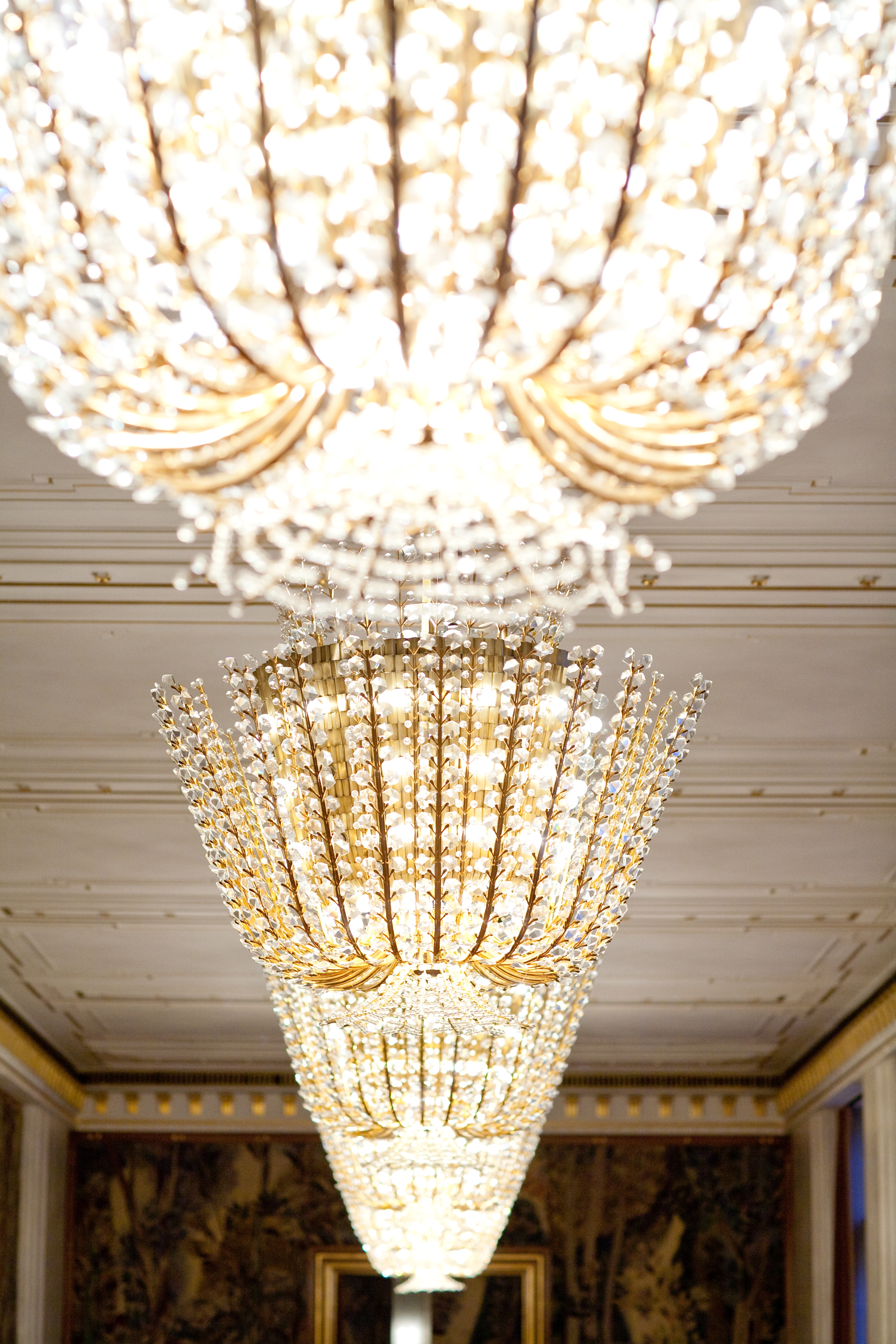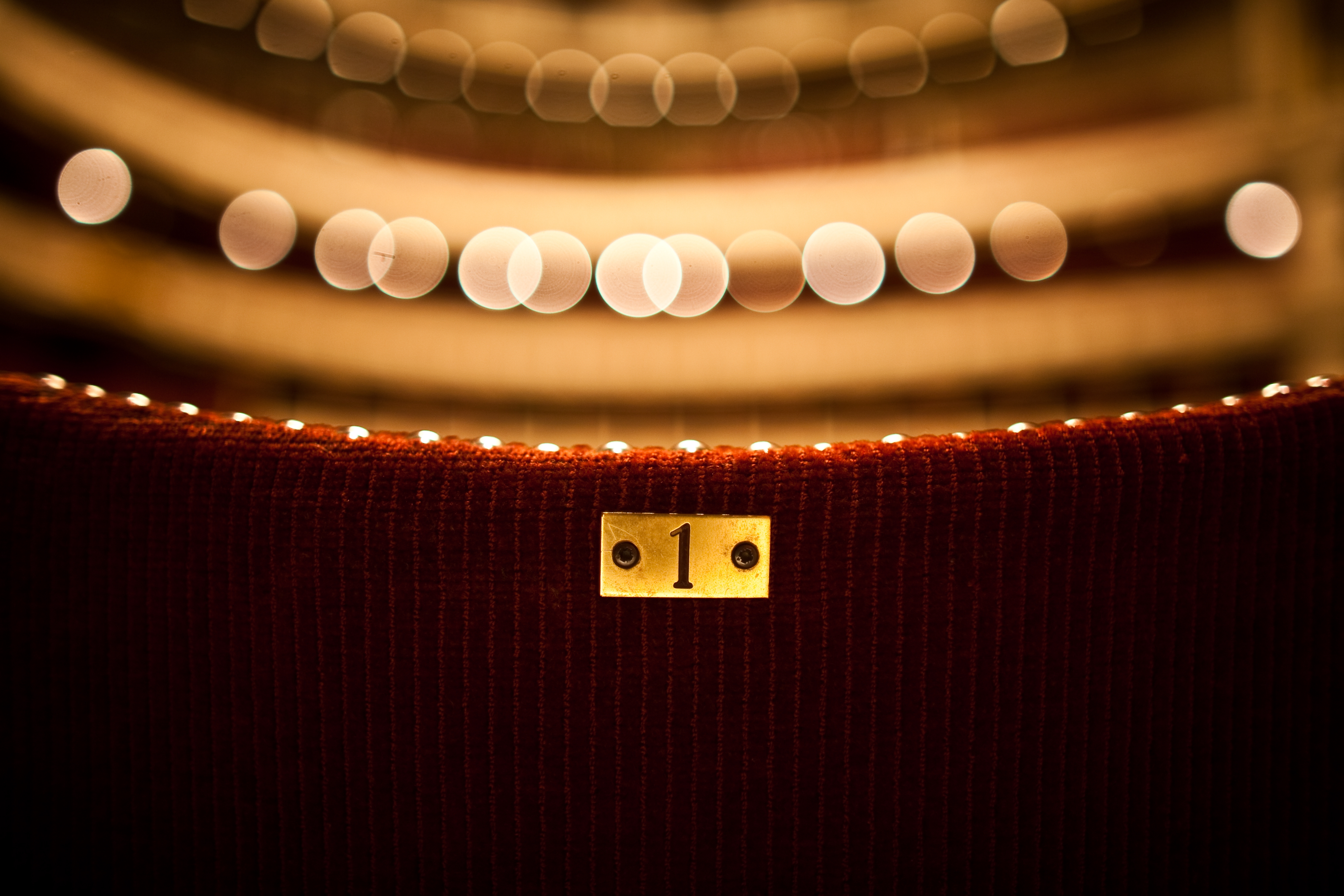
Short Summary
The life of a group of young artists in 19th century Paris. A love story between the poet Rodolfo and his neighbor Mimi, a poor seamstress.
Their relationship goes through ups and downs as they share the joys and challenges of an artist's life with their friends Marcello, Musetta, Schaunard and Colline. But tragic circumstances and the poverty of the times put their love to the test. A timeless story of love, loss and the pursuit of beauty.
La Bohème
Storyline
Christmas Eve in the poor garret inhabited by four young artists will hardly differ from any other evening:
Marcello is working on a painting, Rodolfo, poet and writer, is gazing over the rooftops of Paris. They have no money, they are cold and yet they are in good spirits. A bundle of manuscripts only heats the stove for a few moments. Colline, a philosopher by trade, returns home without having achieved anything - the pawnshop was closed.
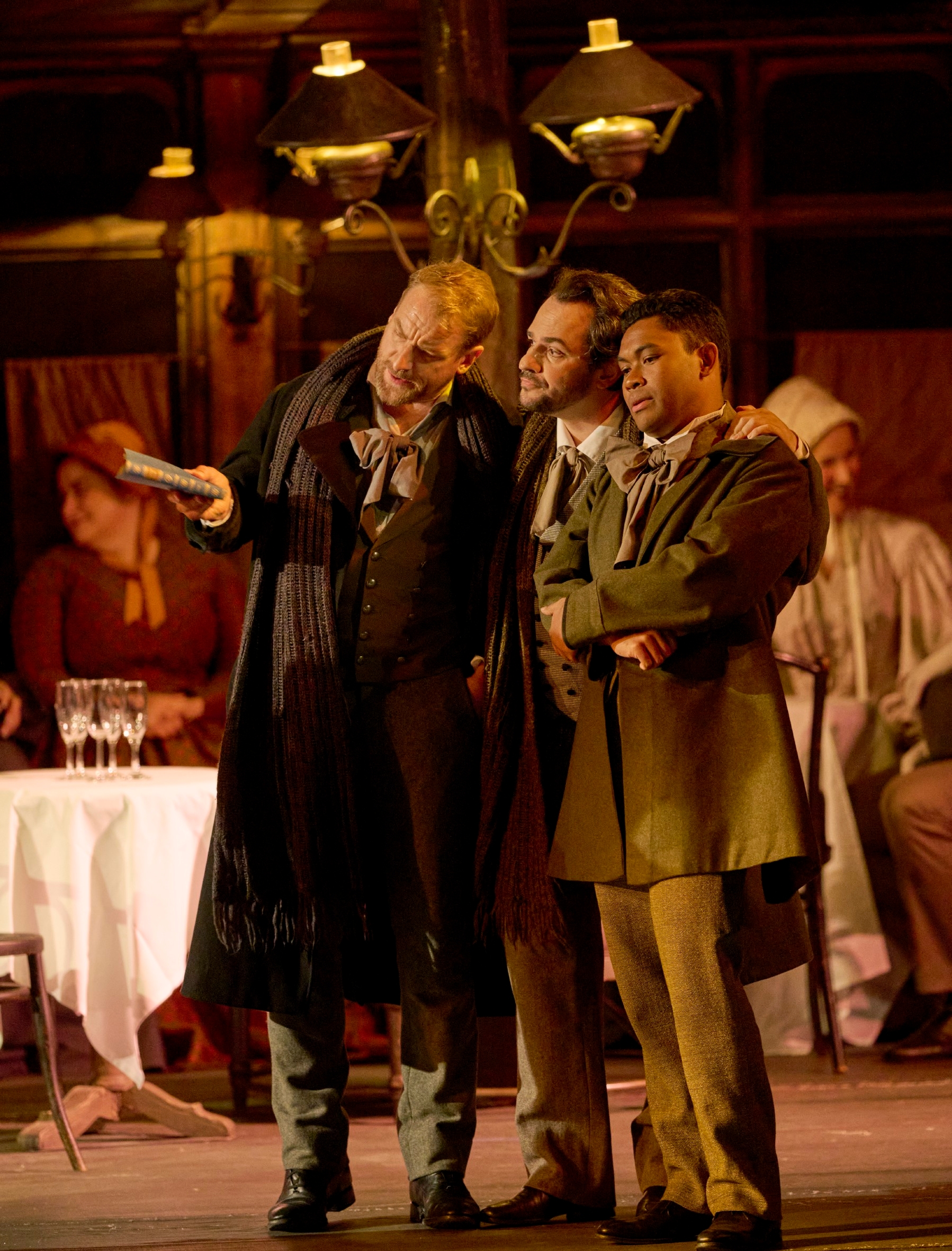
But the fourth, Schaunard, the musician, is luckier. He tells stories, no one listens - the food he has brought promises a merry Christmas. But Schaunard wants it differently - they go out on Christmas Eve. Danger still looms: the landlord knocks and demands the rent. A glass of wine and the friendliness of the artists cause him to stumble into the trap; with a wink, he talks of a love adventure, reason enough for the friends to show him the door with well-played moral indignation.
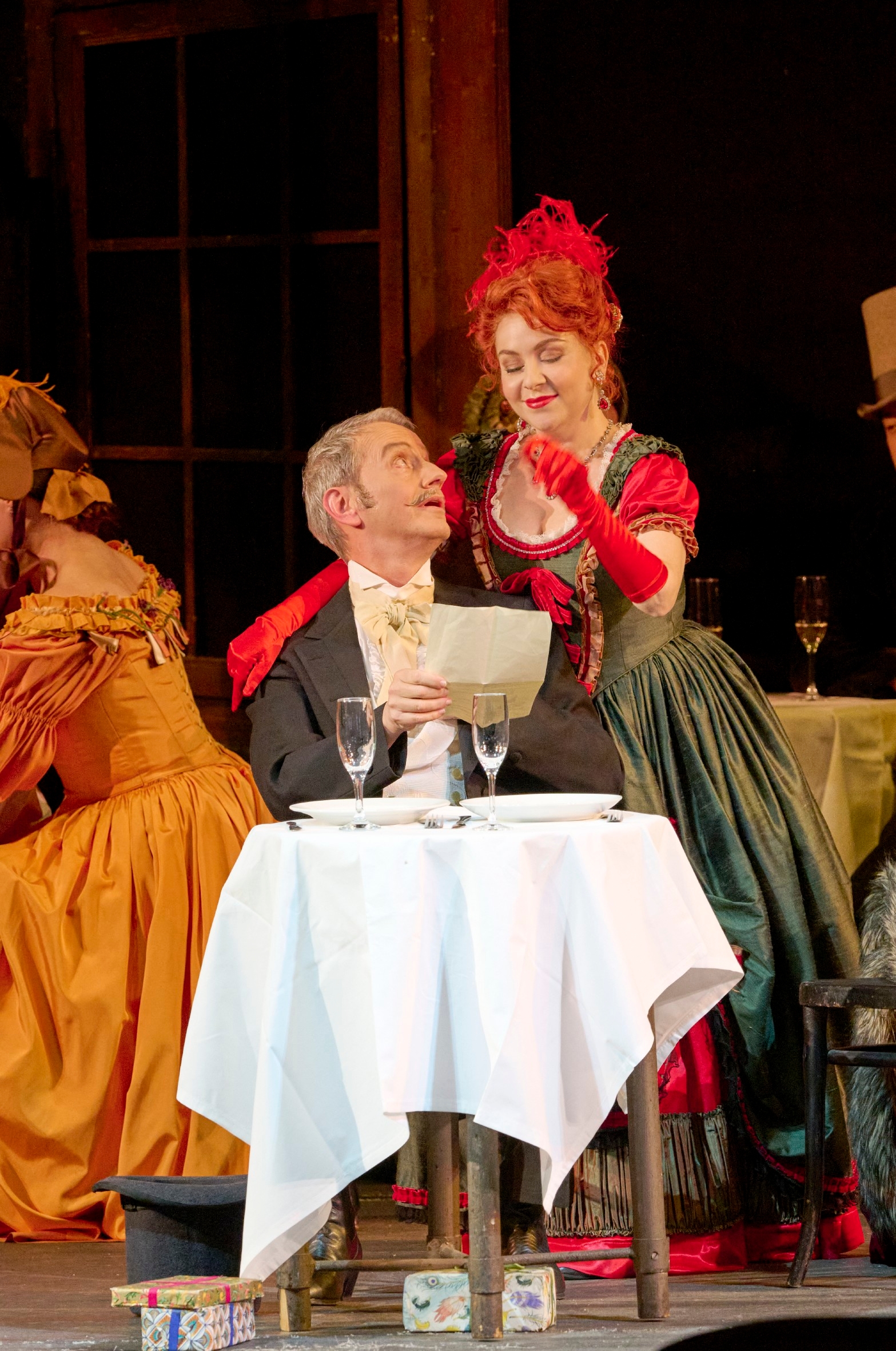
Rodolfo stays to finish an article while the others go ahead to Café Momus. There is a knock: a young woman is outside, she wants to light the extinguished candle. Tormented by a cough, she collapses. Then, grateful for the help she has been given, she wants to leave again; but the key to the apartment has been lost, not entirely by chance, and the draught has extinguished all the lights. The hands are found in the darkness. She is called Mimì, she lets them know, she embroiders flowers... Outside, friends are calling.
Christmas Eve has lost its gloom.
The student district of Paris presents a colorful picture. Crowds of people roam the streets. Rodolfo buys his Mimì a bonnet and invites her to the Café Momus, introduces her to his friends and enjoys their admiration.
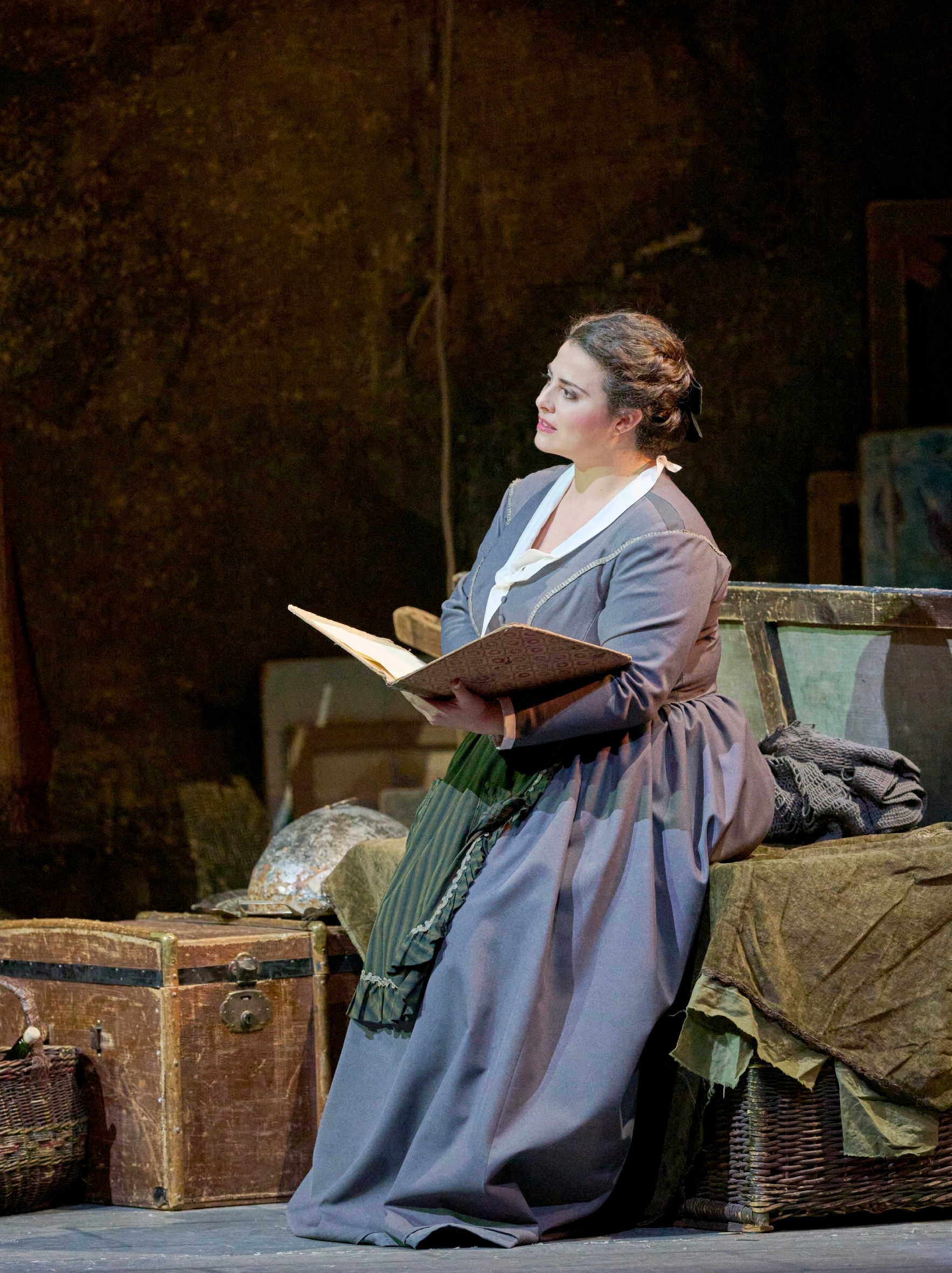
The student district of Paris presents a colorful picture. Crowds of people roam the streets. Rodolfo buys his Mimì a bonnet and invites her to the Café Momus, introduces her to his friends and enjoys their admiration.
Only Marcello has grief and his grief has a name: Musetta. She appears at the side of an old and rich gallant with the firm intention of pulling out all the stops in the art of seduction. Marcello is unable to cope with this public onslaught and an old, great love is rekindled.
A gloomy February morning at the customs barrier that separates a Parisian suburb from the city center.
Workers, carters and milkwomen are let through and pass by the tavern, which is adorned with a half-finished painting of Marcello. The wind seems to carry Musetta's voice. It is cold, Mimì has had an argument with Rodolfo, Marcello is supposed to mediate. Rodolfo seems to be running away from her, she doesn't know why.
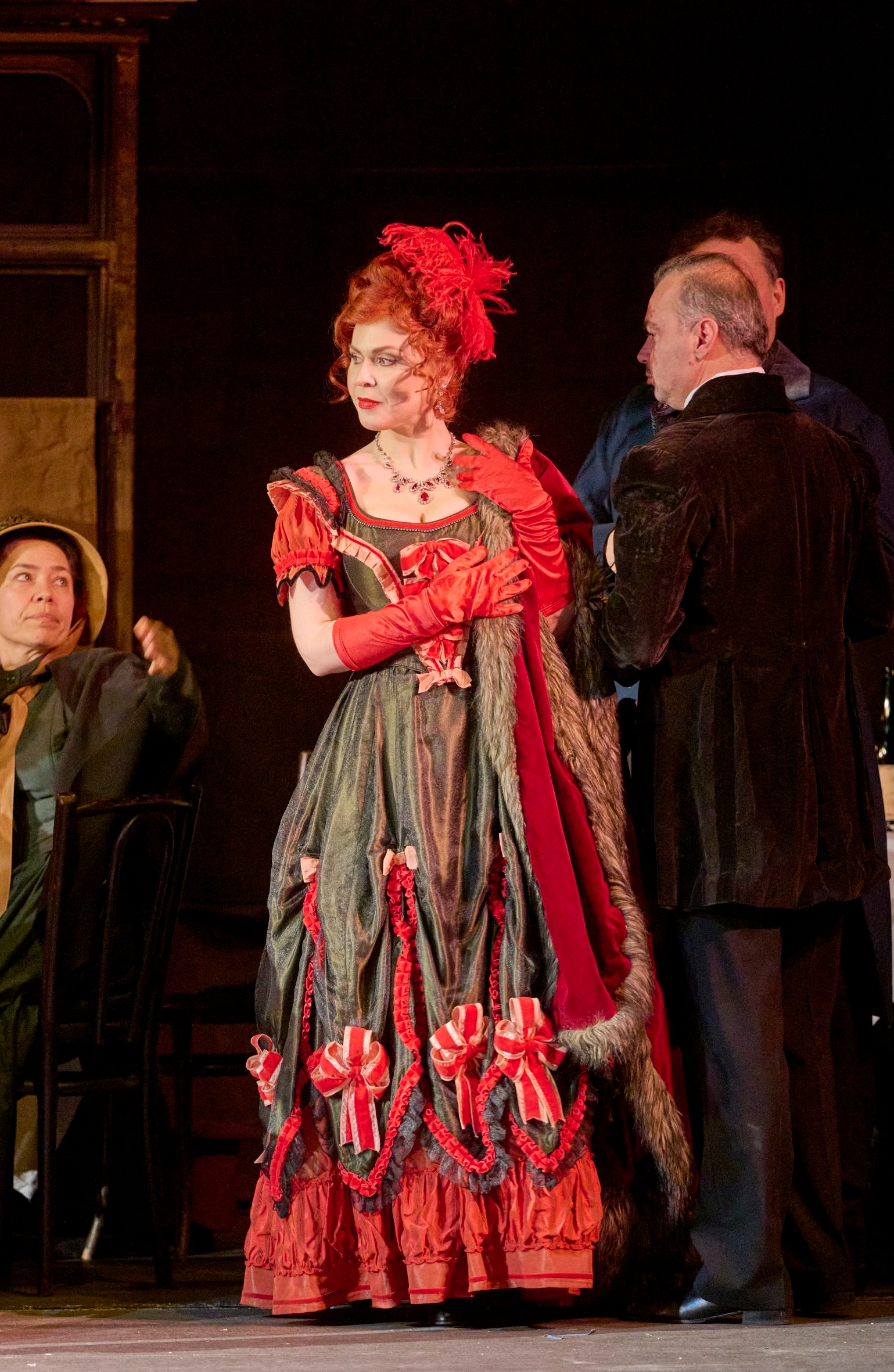
Marcello does not suspect the real reasons either; Rodolfo reveals them to him: Mimì is terminally ill, she only has a short time to live and he cannot bear to see her suffer. He has to endure even more: Mimì has overheard her death sentence, a fit of coughing betrays her presence. And Rodolfo's love succeeds in doing the hardest thing: softening his despair, bringing peace to his tortured heart. Strange contrast: Marcello and Musetta. Their love seems to seek out conflict.
Three or four months have passed. Marcello and Rodolfo have lost their lovers. They sit at work thinking. Where is Musetta, where is Mimì? Can the carefree days of yesteryear be repeated?
It almost seems so: as soon as Schaunard and Collin arrive with a few poor provisions, the mood improves; they try to bring out the old cheerfulness, play theater, dance, duel... Musetta brings Mimì in.

Mimì is marked by death. Everyone tries to help her; she gratefully recognizes her friends. Musetta and Marcello are united by her gaze. Musetta sacrifices her earrings to fulfill the sick woman's last wish: a muff. And Collin, a philosopher with a heart, transfers his old coat. Rodolfo stays with the dying woman; they are alone with their memories. The friends return with their gifts, a final joy for Mimì. She slumbers gently away.
The literary model for La Bohème, which premiered in Turin in 1896 under Arturo Toscanini, is a highly successful episodic novel by the French author Henri Murger. In it, the composer Giacomo Puccini rediscovered the atmosphere of his own nostalgically transfigured student years: "Here I found everything I seek and love: the originality, the youth, the passion, the humor, the tears shed in secret and love that brings joys and sorrows." Together with his librettists, he condensed the loose sequence of images from the original plot into a performance lasting around two hours, created vivid character portraits of his young Parisian urban heroes, who also acted in musically precisely sketched social spaces, and thus brought all facets of the material to life. The story of the terminally ill Mimì, who experiences the happiness of a great love in the midst of poverty and illness, soon became a perennial favorite on the international stage. This is also the case in Vienna: the opera has now been performed around a thousand times in the Haus am Ring, making it one of the most successful works ever.








